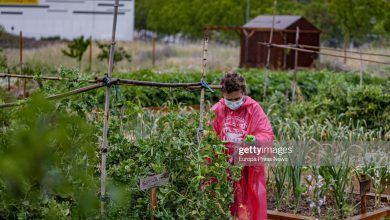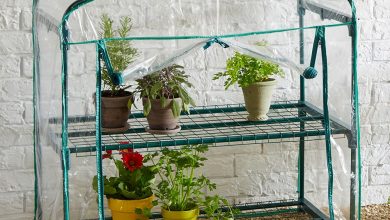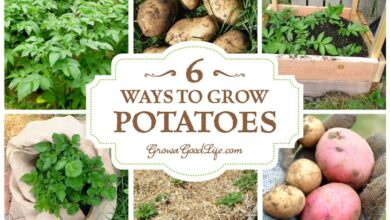How to Grow Turnips in the Garden Successfully: Complete Guide
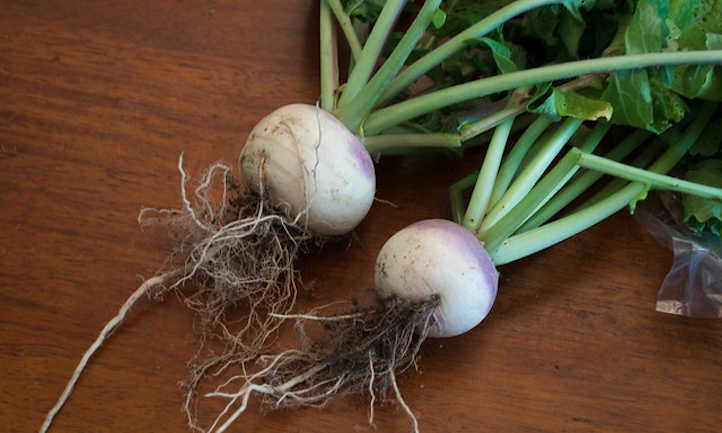
Hello to all agrohuerters! In today’s article we will learn the best tricks to grow turnips in the garden, from planting to harvesting the turnip. In addition, we will see the main care and cultivation tasks that it needs and what are the main pests and diseases of the turnip.
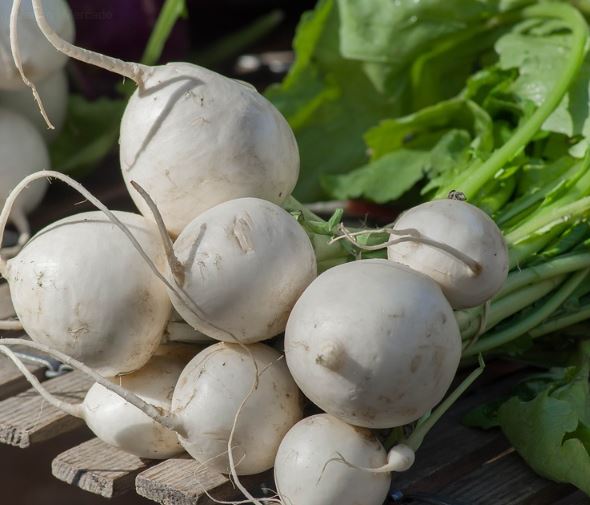
Turnip Cultivation
Its scientific name is Brassica rapa, but… What kind of plant is the turnip?
This plant belongs to the brassicaceae family, like other garden crops such as: cauliflower, romanesco, repose, broccoli, etc.
There are many types of turnips, and they can have different shapes (long, round,…) and colors (white, yellow, pink,…).
The turnip is a biennial plant (that is, it can last up to two years), which is grown in the temperate zones of almost the entire planet.
It is edible by both animals and humans. For cattle, fodder is made mainly from the leaves and roots. On the other hand, for humans, its bulbous stem and also the leaves of the turnip, known as turnip greens, are mainly consumed .
Turnip Properties
Some of the most important properties that stand out in the turnip are:
- It contains glucosinolates, compounds with anticancer properties.
- It has a low caloric level
- It is rich in Vitamin C, which acts as an antioxidant, improves our immune system and helps us absorb iron.
- It is good for eliminating toxins and helps fight fluid retention.
Nor should we forget that the leaves of turnips, turnip greens, are also very good for our health.
How to cook turnip: Recipes with turnips
Before learning how to grow turnips, we must learn how to cook them so that once we harvest them, we know what to do with them.
Among the many recipes that can be made with turnips, I would highlight two of them that are very simple to make:
- Sauteed Turnips: Sauté the turnip in the pan with 2 tablespoons of olive oil or butter. Finally, pepper and salt each to your liking.
- Cream of turnips: First, the turnips must be cooked (washed and cut) in a pan with water for approximately 15 minutes. Remove the water and add butter, chopped onions and other ingredients to taste. Beat it all until creamy.
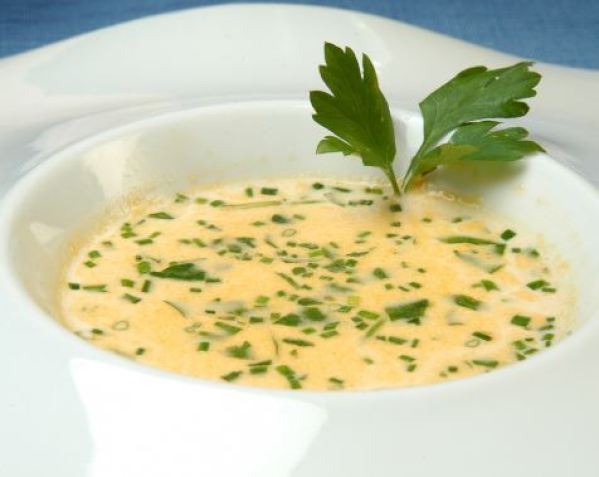
Grow Turnips step by step: Complete Guide to grow turnips in the garden
Next, I am going to tell you the most important steps for you to be successful in growing turnips.
We will discuss turnip planting, irrigation, fertilization, harvesting, and the most common pests and diseases and associations with turnips.
turnip planting
The most common planting periods for turnips are late summer and spring. When sowing the turnip, it is important that the soil is moist (before and after sowing). Turnips do not support transplants well, so direct sowing will always be carried out. Approximately 1 cm deep.
Watering the turnips
Regarding the watering of turnips, it is important that the soil is always kept moist but never waterlogged. If possible, it is recommended to apply drip irrigation if the surface is large.
Turnip Crop Fertilization
In addition, this crop likes soils rich in organic matter, so it is advisable to add compost or earthworm humus to the substrate.
If you want to learn how to make your own worm compost, here is the link to an article where we explain it step by step: Worm compost, what it is and how to make worm compost.
turnip harvest
How long do turnips take to grow? Turnips are noted for being a fast -growing crop. The harvest will be ready in just 40-50 days.
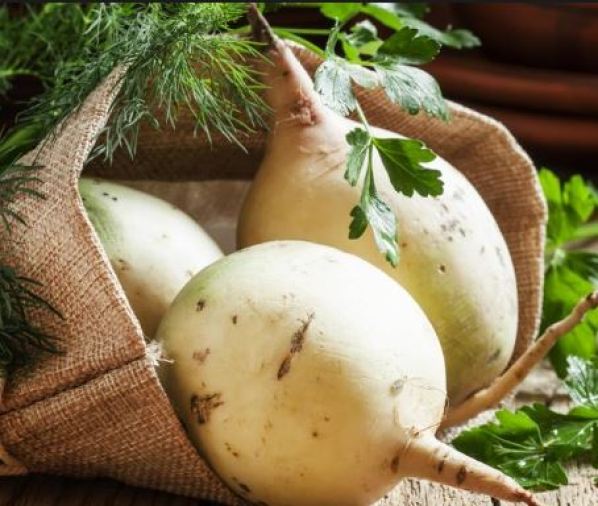
More or less when the plants are about 20-30 centimeters, depending on the variety. It is important to harvest them on time or, on the contrary, their flavor will become increasingly pungent.
Turnip pests and diseases
Growing turnips has the advantage of not having too many pest and disease problems.
However, no crop is free from some little problem… Among the pests that most affect turnips, the following stand out:
Aphids on turnip plant
Aphids are everywhere, we have already realized throughout the articles. Therefore, the turnips will not get rid of their presence.
Aphids feed on the phloem sap of plants (that is, a liquid rich in sugars) using their biting-sucking mouthparts. These bites cause leaf curling. On some occasions, aphids can also transmit viruses from one plant to another. The main symptoms that we can observe are yellowing or the appearance of small mosaics on the leaves of the plants.
If you observe aphids on the leaves, here is an article to know how to act: Eliminate aphids from plants.
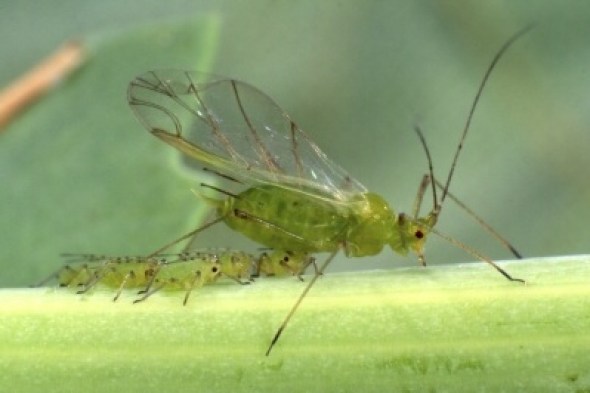
cabbage fly
The cabbage fly is another pest that can affect turnips. Causes significant damage in spring, mainly to younger plants. The larvae of these insects are the ones that cause the damage when found on the ground.
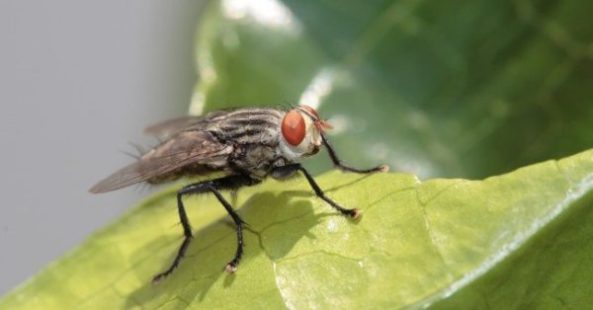
Voles attacking turnips
We must be careful with the voles, since as it is an underground crop, the voles love it. So if we see a vole nearby, it is better to act as soon as possible.
Association of turnips with other crops
The turnip is a crop that can be associated with other crops such as:
- Jewish
- carrots
- Tomatoes
- lettuce
- Green peas
- Chard
- Parsley
If you want to know other interesting associations of garden crops, do not hesitate to consult the post on Association of crops in the garden.
References
- Ministry of agriculture, fishing and food. (2018). Turnip cultivation.
- Ministry of agriculture, fishing and food. (2016). Organic turnip seeds.
- FAO. (2011). Vegetable production.
- Schmidt MH, Lauer A, Purtauf T, Thies C, Schaefer M, Tscharntke T (2003).Relative importance of predators and parasitoids for cereal aphid control. Proceedings of the Royal Society B: Biological Sciences, 270, 1905–1909.
- Zhao, Z., Hui, C., Li, B. (2015).Effects of agricultural intensification on ability of natural enemies to control aphids. (April).
That is all for today! I hope you liked the article and that you are encouraged to grow turnips in your gardens.
Have a nice day!

